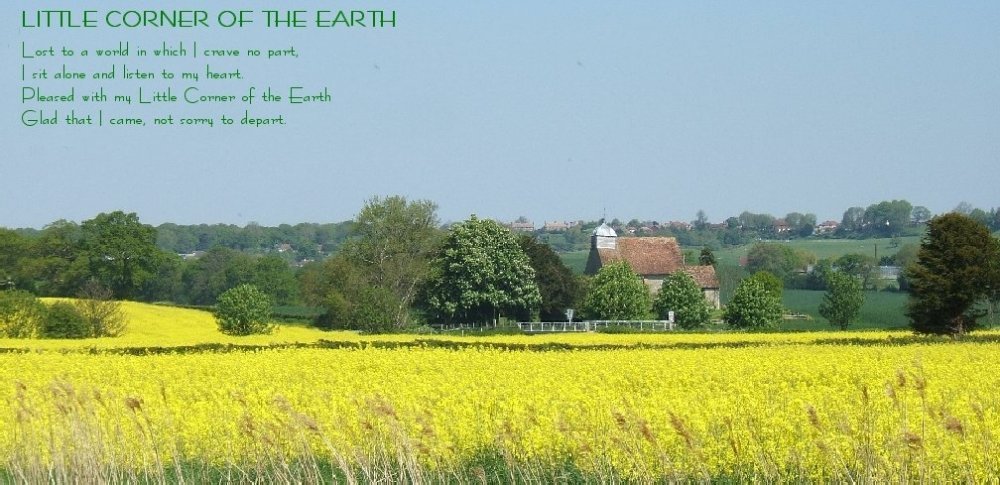
(Click any image to enlarge)
Many years ago I came across this photograph of a prehistoric Egyptian flint knife. It fascinated me. Yes, the carved ivory handle was exquisite, but it was the finely knapped blade which really held my attention. It is like the ripples of the sand on a sea shore - each groove carefully knapped by "pressure flaking". This I have since learnt - I originally thought that you just struck the flint with another to get the shape. We tend to think of "Stone Age" man as primitive, but within the limits of what they had to work with they were more artistic than most modern humans.
Anyway, because of this picture, flint tools have always engaged me - I once spent 3 hours at a historical re-enactment event sitting in full Roman armour watching a craftsman turn a lump of flint into a beautiful arrowhead. An interesting website on the subject can be seen here (view with sound on to hear a prehistoric instrument played).
My daughter knows my love of stone artifacts and told her friend Helen about it - this very relevant as you will see if you visit Helen's blog. Helen and partner Glenn spend their working lives prospecting, mining and working Australian gemstones, minerals and fossils and exhibit at craft fairs in Oz and the USA each year.
This year Helen saw an exhibition of stone knives, thought of me and asked if I would like her to buy one for me.

The result is this beautiful knife, 24 cm long and crafted from Mookaite a silicified siltstone from Mooka Creek, about 100 miles inland from Carnarvon, Western Australia. It arrived back here in England via my son after his travels to Oz. Stone from Australia, made into a knife which was bought in America, taken back to Oz and then flown to England - much travelled!
So - after seeing that picture of the Egyptian knife all those years ago, I now have this wonderfully tactile artifact of my very own. The veins in the stone are lovely and the edge would easily draw blood. Thank you for thinking of me, Helen (and if you read this - what is the wood stem that the handle is made from, please?)

